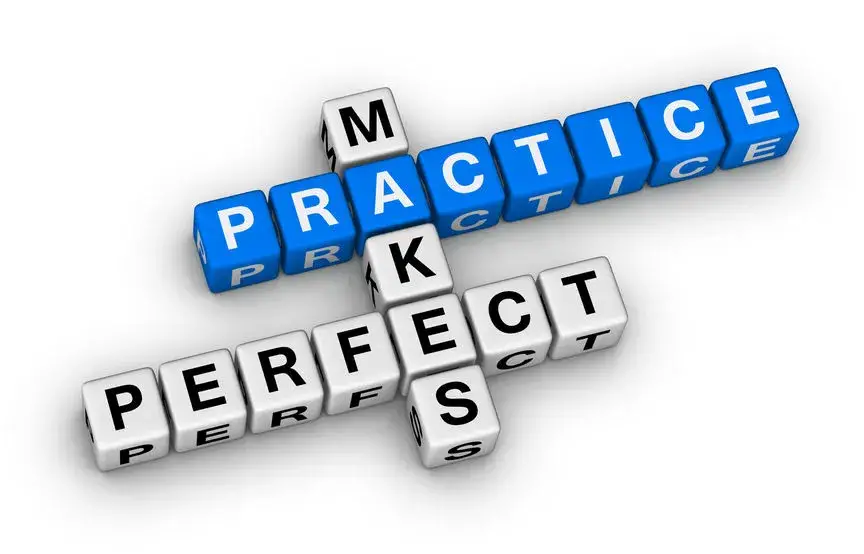
Defense wins games, and it is the basic fundamental skills that will be the most important tool in those wins. This softball defensive fundamentals practice plan focuses on just that. A Solid defense.
Softball Defensive Fundamentals Practice
:00 – 4:15 Team Discussion
Discuss with the team the importance of a solid defence that focuses on making the average plays perfectly. During a game the most plays that will be made are simple ones such as getting the out at first, or others, covering bases and backing each other up. The super plays such as double plays, the cut play and so on do not present themselves nearly as often as the basic ones.
This makes the basic plays and fundamentals critical to success in this great game. Fielding, throwing, and basic positional play should be perfected before moving to the more advanced plays.
My motto has always been…. If we can keep them to 1 run all we need is 2 to win the game.
Always remember to have fun 🙂
4:00 – 4:10 Dynamic Warm-Up
- arm circles 10 – 15 sec. (1 in each direction)
- straight leg kicks 30′ X 2
- leg swings 10 – 15 sec. (each leg)
- high knee walk – 30′ X 2 (touch ankles)
- butt kickers – 30′ X 2
- lunge walk – forward / backward
- sprints
- 25% for 60′
- 50% for 60′
- 75% for 60′
- 100% for 60′
4:10 – 4:20 Throwing Warm – Up
- start closer together gradually moving farther away
- focus on gradually warming up the arm
- do not rush throwing hard
- feel the shoulder warming up
4:20 – 4:50 Fielding with conditioning
The coach hits a ground ball to the player at SS, who throws to 1st base and then runs to the end of the line at 2nd base. After receiving the ball at 1st base for the force out, the player runs the ball to the bucket beside the coach and then runs to the end of the line at SS and the next player steps up at 1st. The coach hits a ball to the player at 2nd base right after the ball is hit to SS. The player at 2nd base then underhand tosses the ball to next player at 1st base who makes the force play and then runs the ball to the bucket then runs to the back of the line at SS.
See if you can get through it without an error.
4:50 – 4:55 Positions
Water break 🙂
4:55 – 5:30 Positions
Split the team up into groups. Infielders and outfielders.
The infielders practice getting back to their base to receive a throw if they are not fielding the ball. Often they try to back up to the base and look for it with their foot which makes them unstable which increases the chance for errors such as missing the toss rather than turning and finding the base and getting set up for a throw.
They then practice the short toss to each other at the base. Sometimes an underhand toss is needed and sometimes a side toss is required. For the underhand toss it is important that they do not use their wrist to toss the ball as it will go over the receiver. It is a pendulum motion almost palming the ball to the receiver who has her glove ready for the ball in a catching position with the glove up not down.
For the side toss the tosser needs to also stay low and toss the ball to their side using the thumb and the index finger to guide the ball to the receiver who has their glove up and ready for the ball.
The outfielders practice backing each other up and catching the fly ball while moving. For balls that are hit to the right of the outfielder they drop step to that side and take off for the ball. If it is hit to the left side they drop step to that side and go after the ball. It is important to run with the glove down until just before fielding the ball.
The best way to get practice at tracking and fielding fly balls is to practice tracking and fielding fly balls. I loved catching fly balls and could stay out there all day if the coach would hit them to me. It is a fun skill so let the players have fun with it.
Backing each other up in the outfield needs to begin almost as soon as the ball is hit rather than when the fielder is thinking that backup is required. It has to be an automatic movement behind the fielder so that they are their on time if needed rather than trailing behind the play.
Wrap up the practice and discuss with the players how they are going to transfer their skills to competition and how they are going to maintain a positive focus if there is an error, which is inevitable … right? 🙂
Designed for:
Billy Pierce
Ladyplaymakers
14U
